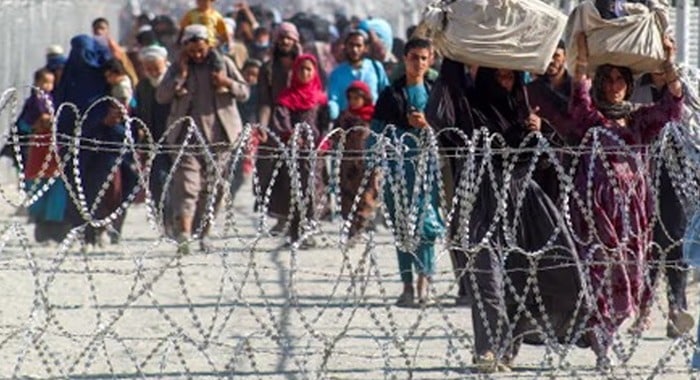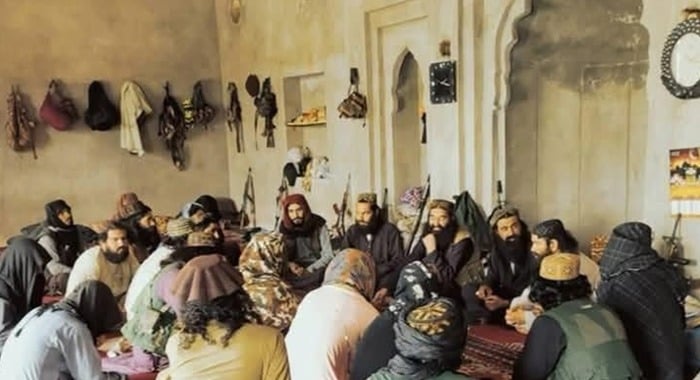In a major escalation, Iran’s latest wave of retaliatory strikes has left widespread destruction across several Israeli cities, with Israeli military censors blocking details of at least four key impact zones from being released to the media.
The overnight barrage of missiles and drones targeted Haifa, Bat Yam, and areas near Beit She’an, causing what local officials are calling “unprecedented damage”.
In Haifa, the attack focused on critical oil refinery infrastructure, signalling what Iranian analysts describe as a calibrated and reciprocal strike, deliberately targeting facilities similar to those hit by Israel in Tehran.
“The Most Devastating Night Yet”
In the coastal city of Bat Yam, dozens of buildings were flattened, and emergency services continue to search through the rubble. The city’s mayor confirmed that many civilians remain trapped, and local hospitals have been overwhelmed with casualties.
“This was clearly Iran’s most direct message yet: Israel will be held accountable at the same scale and severity,” said a regional defence analyst.
The Israeli military has imposed a strict censorship order, barring local outlets from reporting the precise locations and extent of damage at four strategic sites, further fueling speculation about the seriousness of the impact.
This latest Iranian response marks a strategic shift, from initially targeting military assets to now striking at economic and civilian infrastructure, underscoring Tehran’s warnings that any further aggression from Israel will be met with broader and more painful retaliation.
With fears growing of a full-scale regional war, analysts note that Iran’s retaliatory capabilities are far more structured and effective than previously assessed.
“Tehran has matched Israel strike for strike, and may now be dictating the pace of escalation,” said one regional observer.





